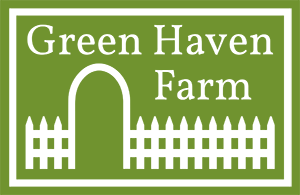The Fall Vegetable Garden
By Cathrine St.Clair
Believe it or not, now is the time to start thinking about your fall vegetable crops.
The fall vegetable garden can sometimes be a bit challenging in our climate because soils are often hot and dry in July and August. This can prevent seeds of cool season crops from germinating.
One way to get around this is to start these vegetables indoors where the temperature and moisture can be controlled. Start the seeds in mid-July and then transplant the seedlings into the garden in mid-August. Be sure to properly harden off the seedlings before transplanting.
Plants that respond well to this technique include broccoli, cabbage, cauliflower, brussel sprouts, collards, kale, lettuce and spinach.
If you would prefer to direct seed all you crops in the garden, there are a couple things you can do to increase the chance of success.
Make sure the seeds are kept moist until the seedlings are well established. On very hot days, this may mean watering more than once.
If possible, provide some temporary shade for your seed bed until the seedlings are well established, particularly during the hottest part of the day. You may be able to plant some of the seeds in places where they get some afternoon shade from existing plants.
If some of your warm season crops (cucumbers, beans, summer squash) are looking a bit tired or worse for wear, you probably still have time to plant another sowing of seeds and harvest another crop. Just look at the days till harvest on your seed packet and make sure you have enough days until the first expected frost. You can find the first expected frost date for your exact location here.
Want more information? Here are some links:
National Gardening Association – When to plant vegetables
Cornell Extension Vegetable Growing Guide
Delaware Cooperative Extension –Vegetable Garden Planning Schedule



